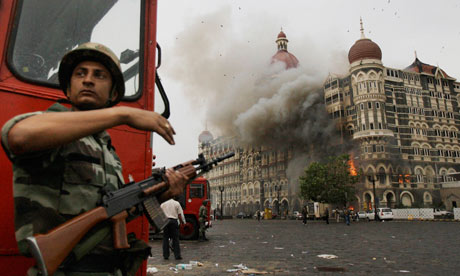Terrorism in Malls. How to use architecture to prevent attacks.
Kenya witnessed a very destructive terror attack on Westgate shopping Mall in Nairobi, Westlands area.
The terrorists struck on Saturday 12pm and held siege till Wednesday morning.
Westgate mall is designed such that there is a void in the middle where stairs and lifts to the upper and lower basement floors are located.
This design enabled terrorists to carry out the attack without hindrance.
The mall has a fort like design where access form outside is limited to the main entrance or the top floor car park.

Crime prevention.
My final year Architecture school, University of Nairobi thesis was modelled around Architect Oscar Newman and his concept/theory of Defensible Space.
http://www.criminology.fsu.edu/crimtheory/newman.htm
Among the architectural design concepts that can reduce the chances of crime is openness.
Buildings, including shopping malls can be designed such that the circulation space, corridors, walkways and stair ways are all visible from the main road.
This visibility makes it harder for criminals to plan and execute their acts since chances are that the public will get prior warning and in case of actual assault, the public can easily gain access into the building.
Nakumatt Prestige, along Ngong road, comes close to having this open design.


Nakumatt junction also has the claustrophobic design similar to Westgate. There is only one entrance and circulation space is mostly in the middle.

Notice the central circulation space.

Nakumatt crossorads at Karen has several entrances on the ground floor and has accessible windows in case of a terrorist attack.

Nakumatt Galleria, in Karen, has the best example of external circulation which is safer in case of a terrorist attack.


In Galleria, its virtually impossible to hold the place hostage since access and visibility is not hampered in any way.
Way forward.
The current malls and public buildings will need to be redesigned to enable safety and security in the wake of terrorist attacks.
Alot of design work input will need to be done so as to remove the central circulation and move it to the outside. Inclusion of large windows and balconies, in the case of Westgate, will go a long way in ensuring safety to the occupants.
Taj Mahal Hotel, Mumbai.
In 2008, Taj Mahal in Mumbai was invaded by terrorists who held people hostage for 4 days.

The design of the Taj Mahal hotel also is fort like and has central circulation. Its very hard for people outside to see the interior. Such designs make it possible for terroists to hold people hostage for a long period of time.

Moscow theatre. October 2002.
A cimena theatre was taken hostage in Moscow . It took 3 days to resuce the occupants whereby eventually Russian special forces used sleeping gas to save the situation.

Again we can see the architectural design of the building has a centralised circulation with one entrance. This design makes it easy for crime to be committed.
Open architectural design not only works against terror attacks but is also effective on small time common burglary type of crime.
Inclusion of all the techniques as explained by Architect Oscar Newman in his theory of Defensible space will go a long way in inhibiting chances of terror attacks .
Use of mart IT technology e.g smart glass that can turn from transparent to opaque at the touch of a button can be used to create levels of openness/privacy in buildings. Buildings that require much privacy eg hotels and hospitals can use smart glass to effect the level of privacy desired per room.
Francis Gichuhi Kamau, Architect.
0721410684



Leave a Reply